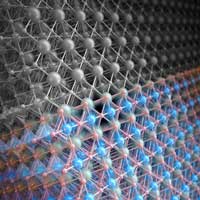 The surprising results offer a way to boost the activity and stability of catalysts for making hydrogen fuel from water.
The surprising results offer a way to boost the activity and stability of catalysts for making hydrogen fuel from water.
Monday, January 11, 2021
Study shows tweaking one layer of atoms on a catalyst's surface can make it work better
 The surprising results offer a way to boost the activity and stability of catalysts for making hydrogen fuel from water.
The surprising results offer a way to boost the activity and stability of catalysts for making hydrogen fuel from water.
A technique to produce graphene in a flash can be used to tailor the properties of other 2D materials
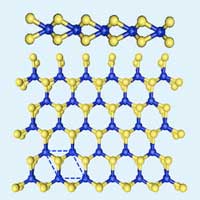 Researchers have successfully 'flashed' bulk amounts of 2D dichalcogenides, changing them from semiconductors to metallics.
Researchers have successfully 'flashed' bulk amounts of 2D dichalcogenides, changing them from semiconductors to metallics.
2D compound shows unique versatility
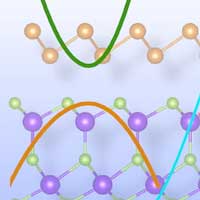 Multifunctional nanomaterial could enhance solar energy, quantum computing.
Multifunctional nanomaterial could enhance solar energy, quantum computing.
Core design strategy for fire-resistant batteries
 Development of a strategy for reducing electrolyte-electrode interface resistance, which limits the commercialization of all-solid-state batteries; new material design strategy to increase performance by improving the cathode material.
Development of a strategy for reducing electrolyte-electrode interface resistance, which limits the commercialization of all-solid-state batteries; new material design strategy to increase performance by improving the cathode material.
Liquid metal ink liberates form
 Researchers have developed liquid metal microparticles with high conductivity and viscoplasticity.
Researchers have developed liquid metal microparticles with high conductivity and viscoplasticity.
New nanostructured alloy for anode is a big step toward revolutionizing energy storage
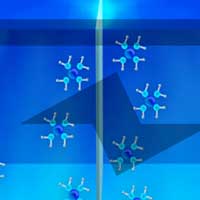 The zinc- and manganese-based alloy further opens the door to replacing solvents commonly used in battery electrolytes with something much safer and inexpensive, as well as abundant: seawater.
The zinc- and manganese-based alloy further opens the door to replacing solvents commonly used in battery electrolytes with something much safer and inexpensive, as well as abundant: seawater.
Researchers develop new one-step process for creating self-assembled metamaterials
 Discovery is big step forward in creating new materials used in a variety of applications including optical devices and sensors.
Discovery is big step forward in creating new materials used in a variety of applications including optical devices and sensors.
New method makes graphene nanoribbons easier to produce
 Researchers have proposed a new method for synthesizing high-quality graphene nanoribbons, offering a higher yield at a lower cost, compared with the currently used nanoribbon self-assembly on noble metal substrates.
Researchers have proposed a new method for synthesizing high-quality graphene nanoribbons, offering a higher yield at a lower cost, compared with the currently used nanoribbon self-assembly on noble metal substrates.
A new approach to film atoms and molecules vibrating inside solids
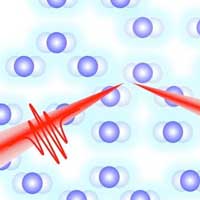 Theoretical and experimental scientists have come together to watch solids vibrate.
Theoretical and experimental scientists have come together to watch solids vibrate.
Subscribe to:
Comments (Atom)
